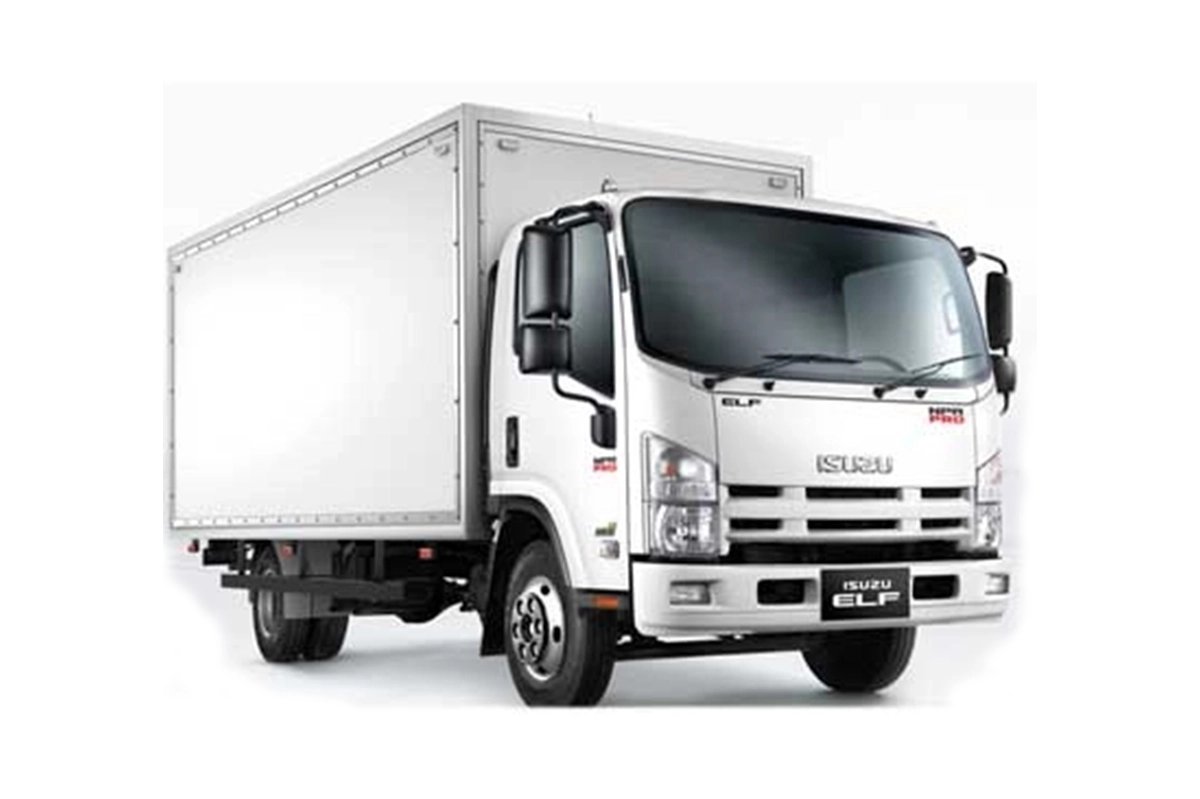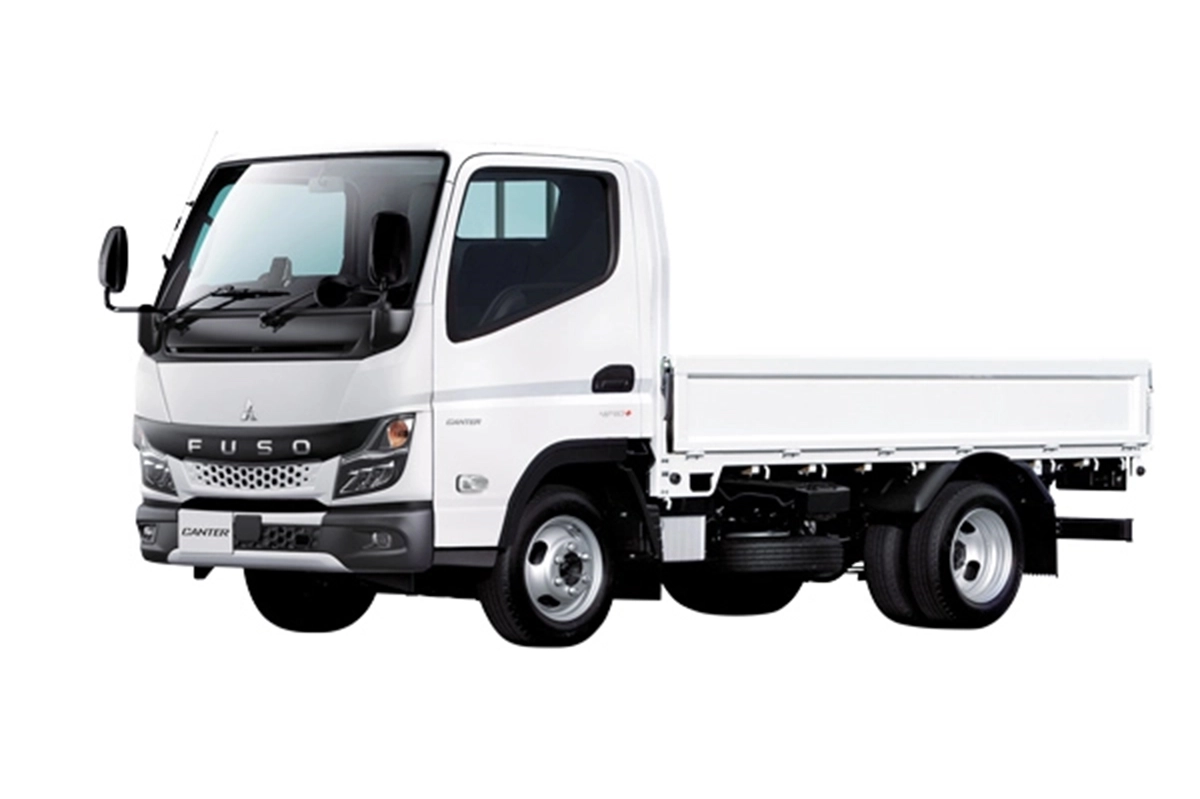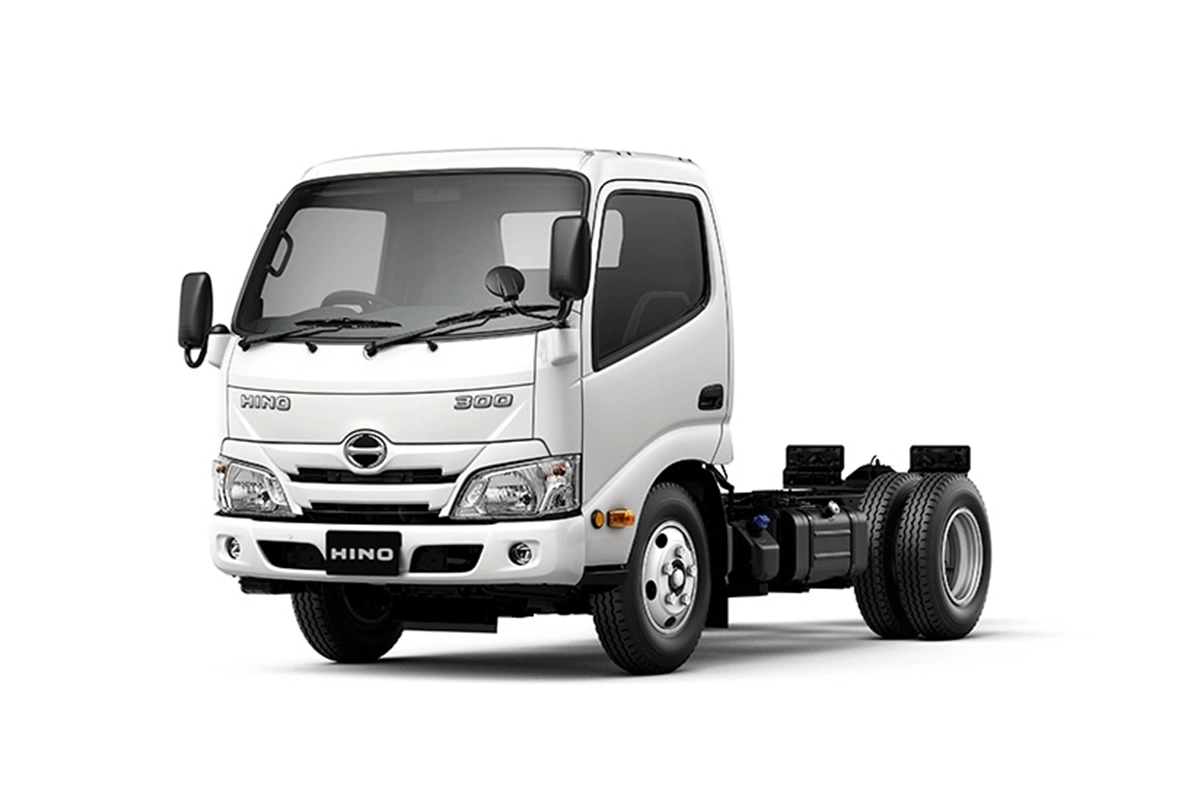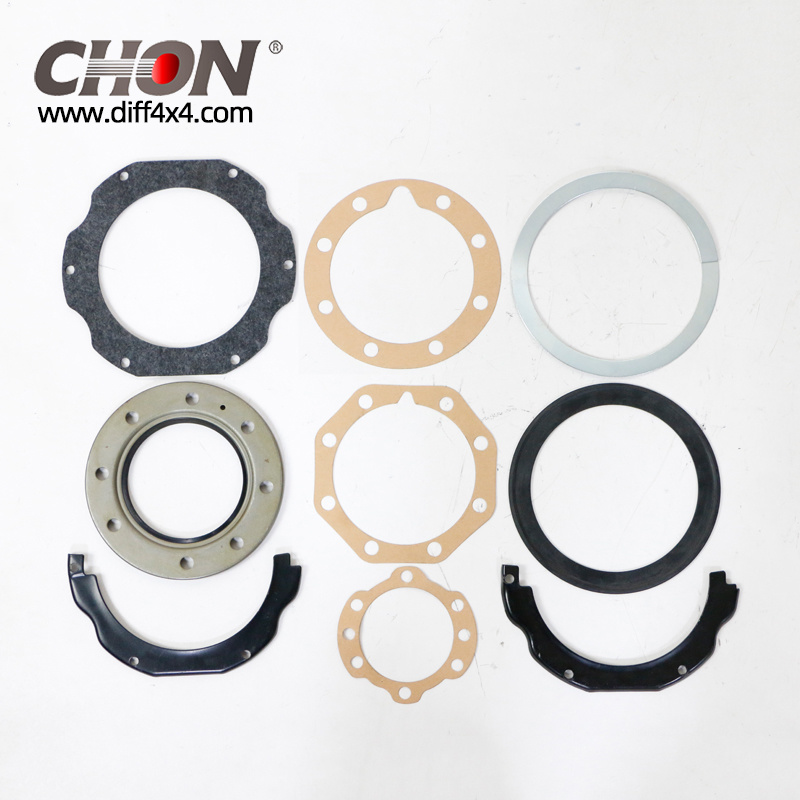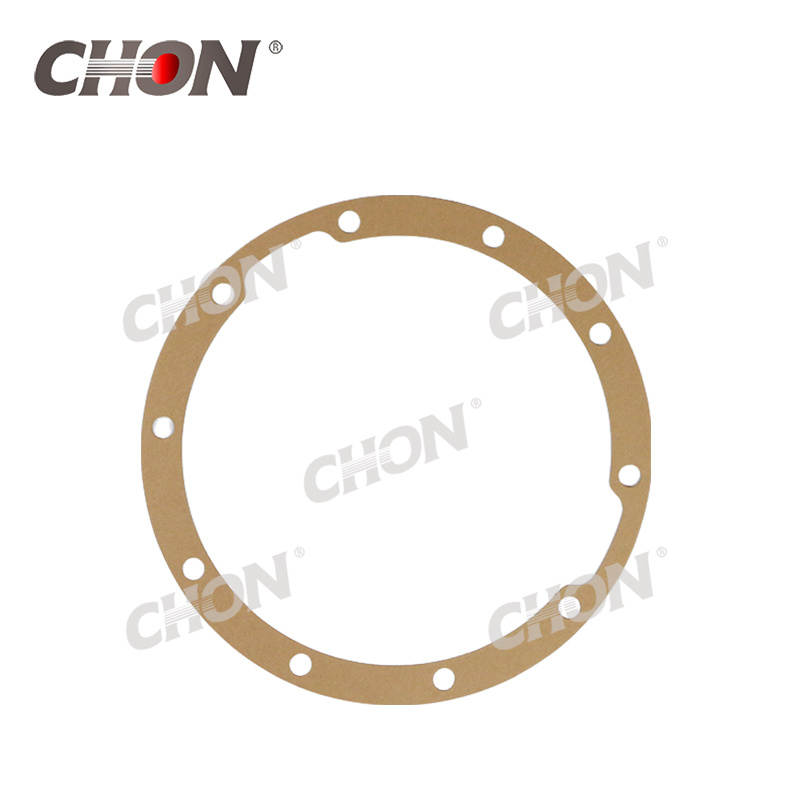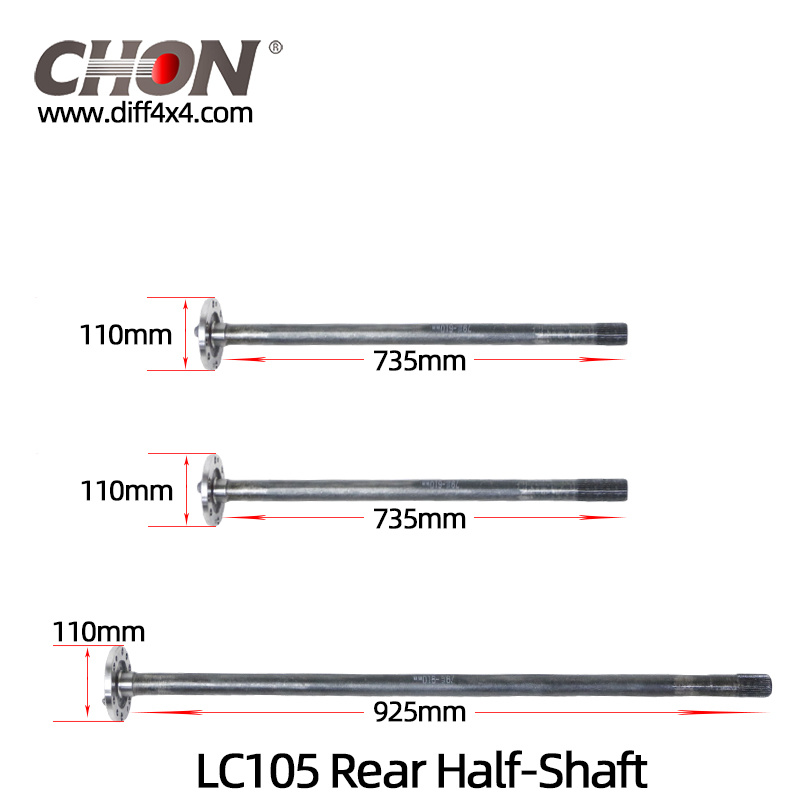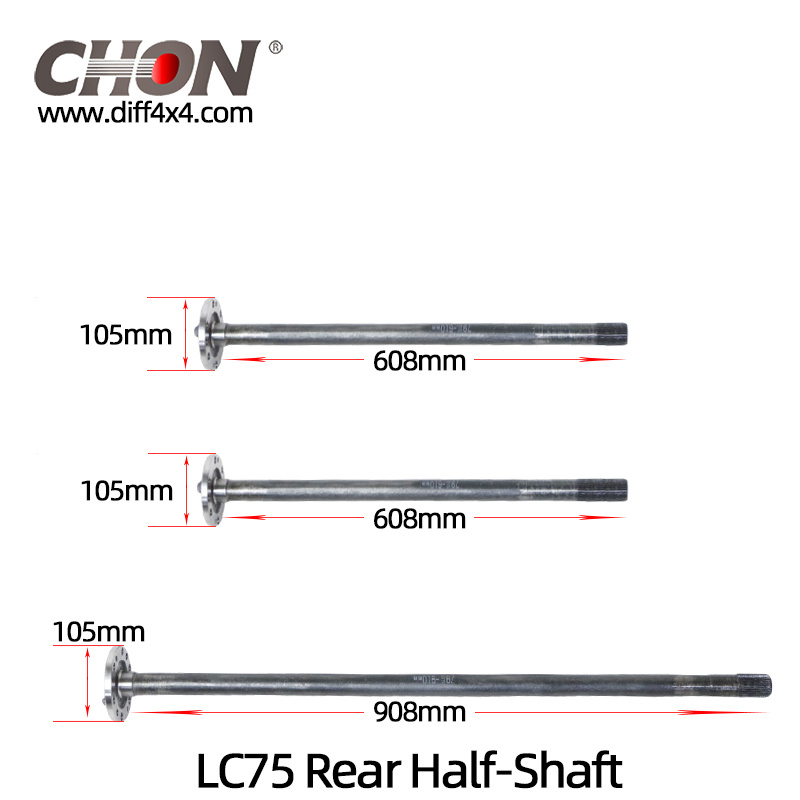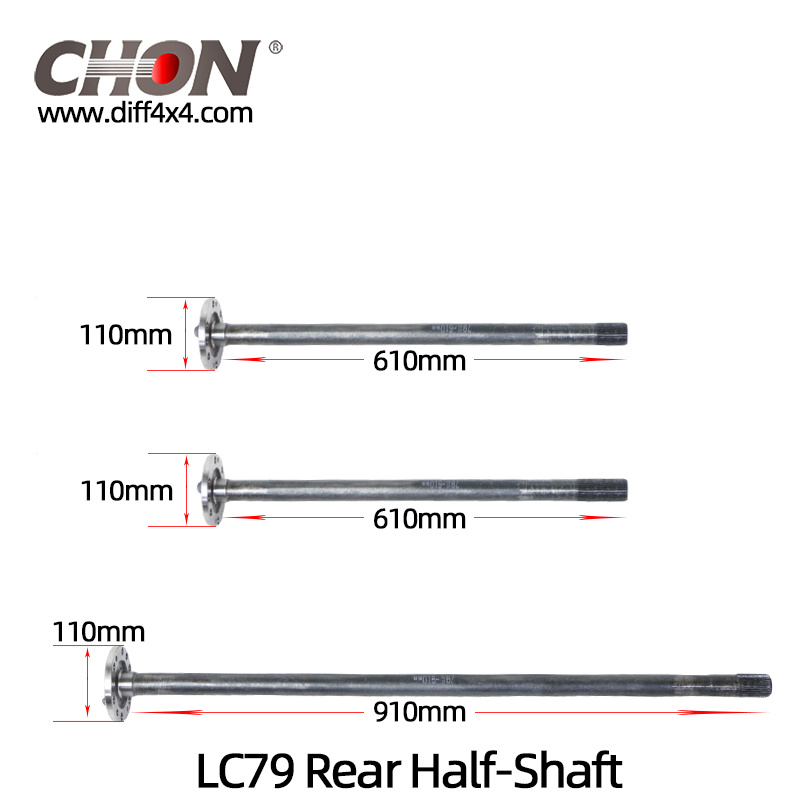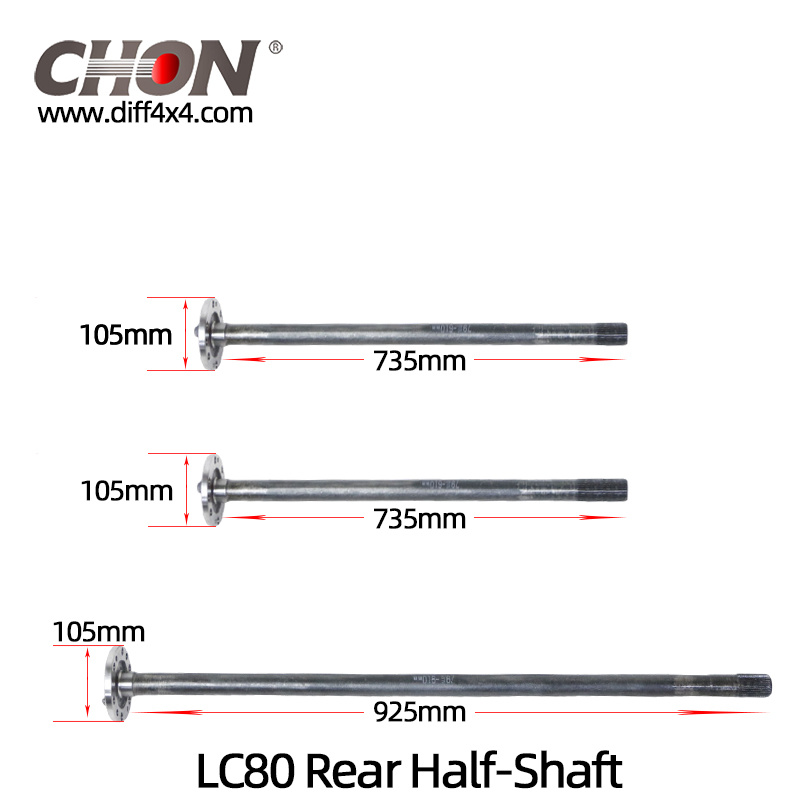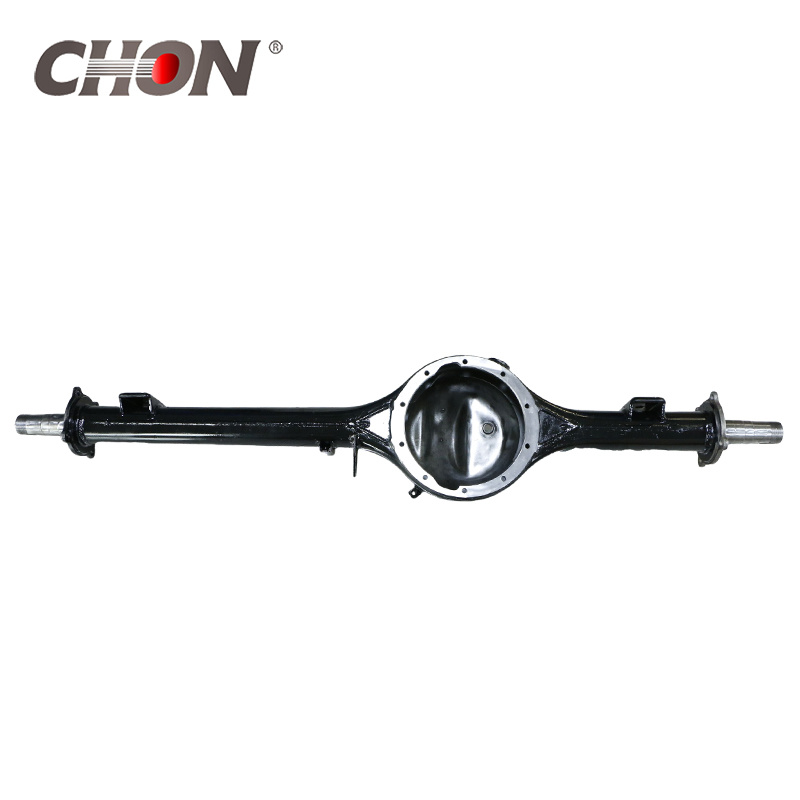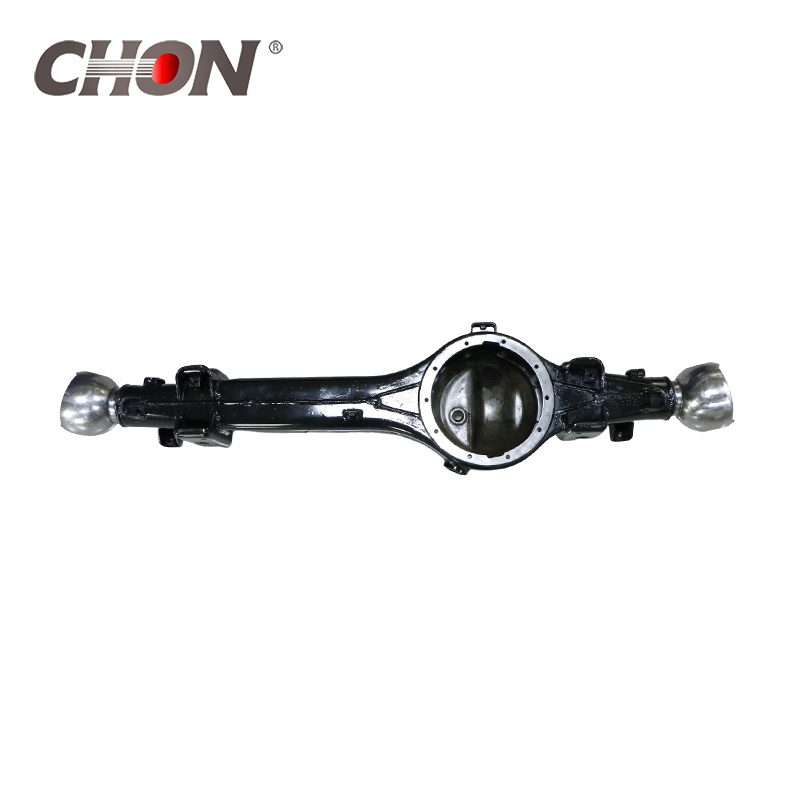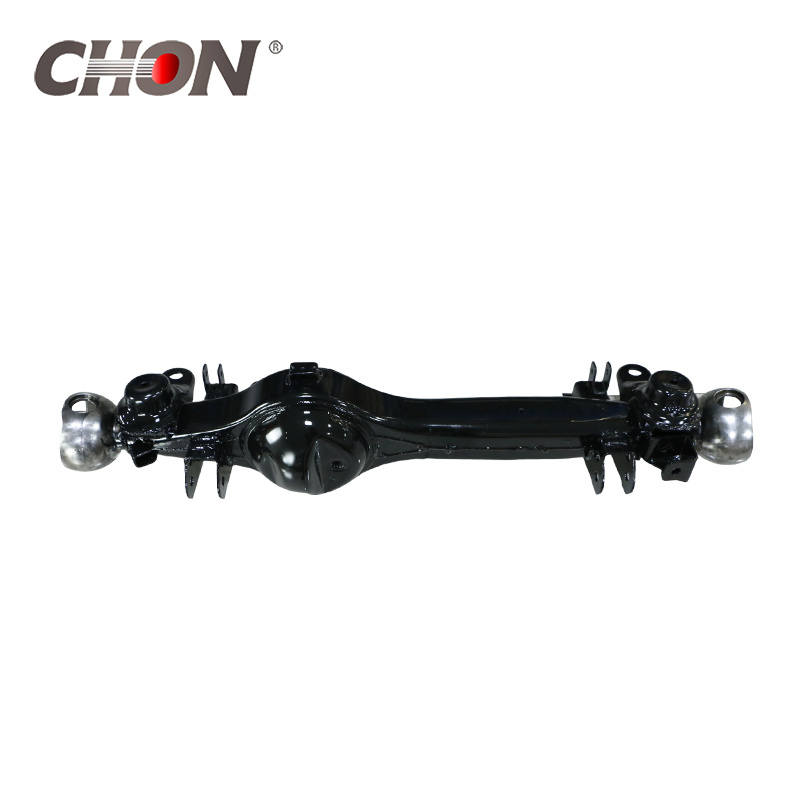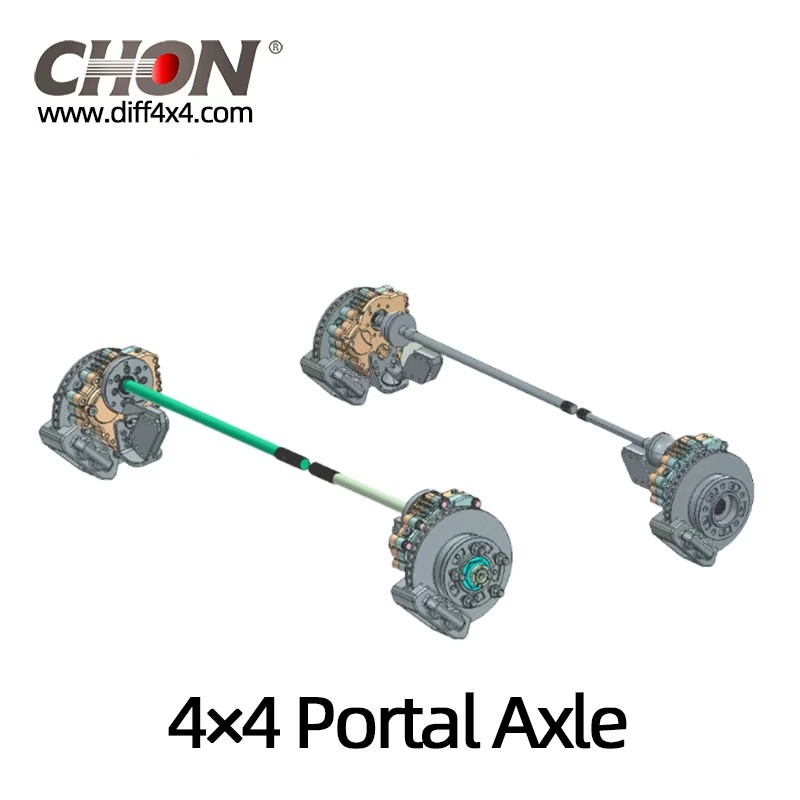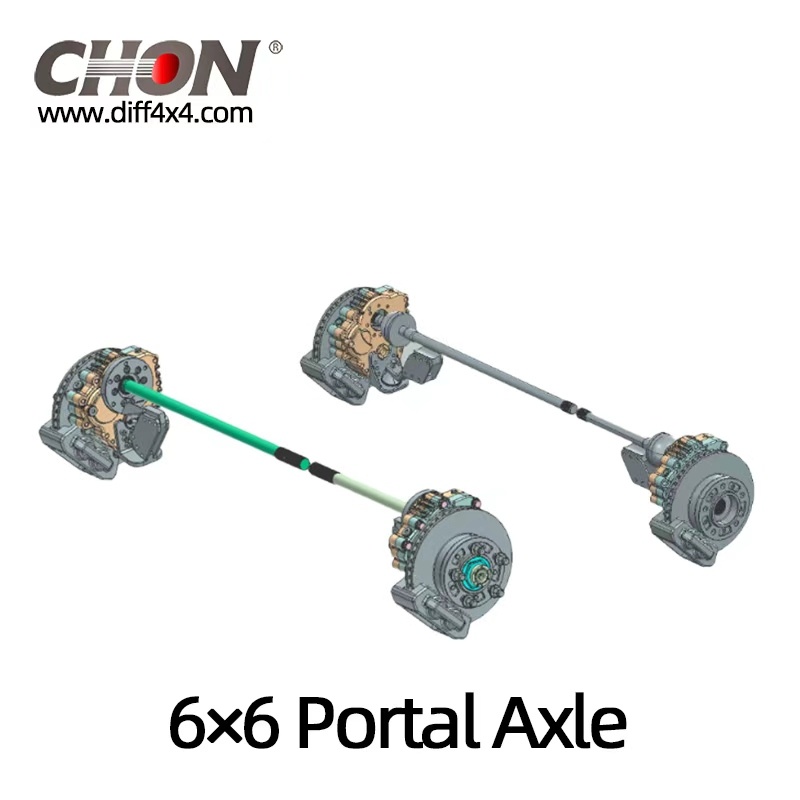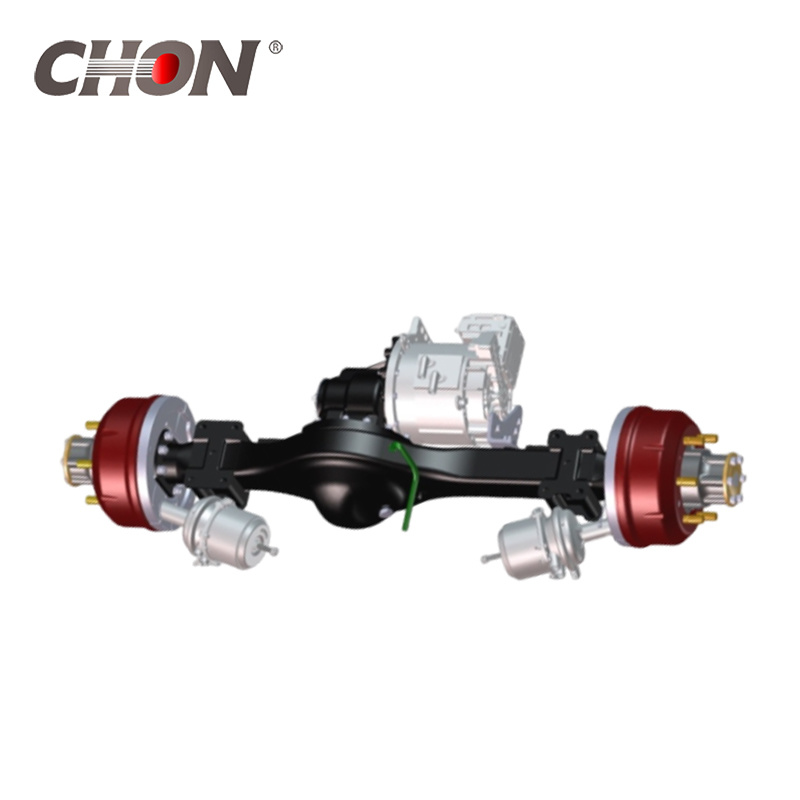-
-
Japanese
Toyota
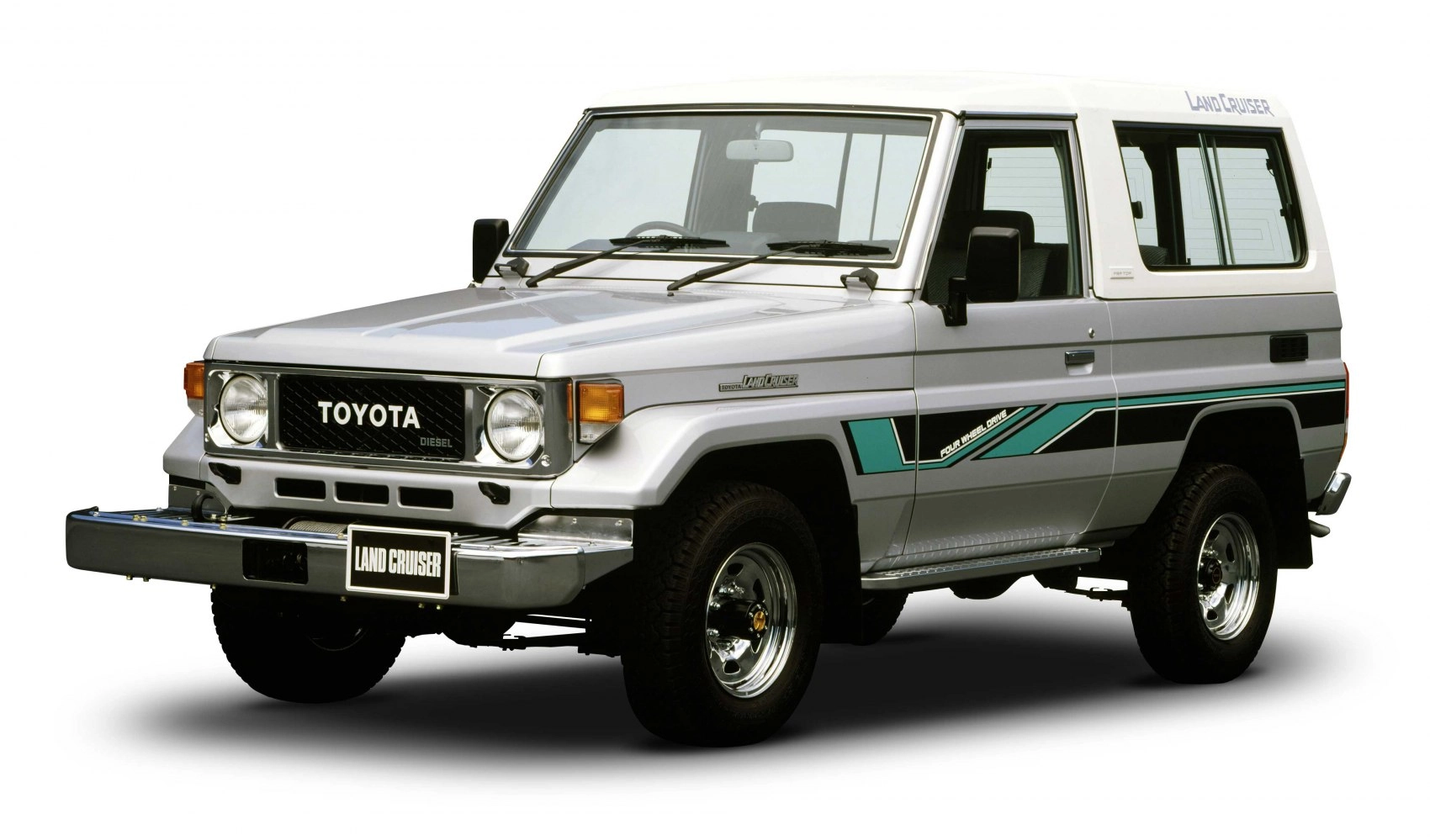
Land Cruiser 70 73 75 77 (1984~1994)
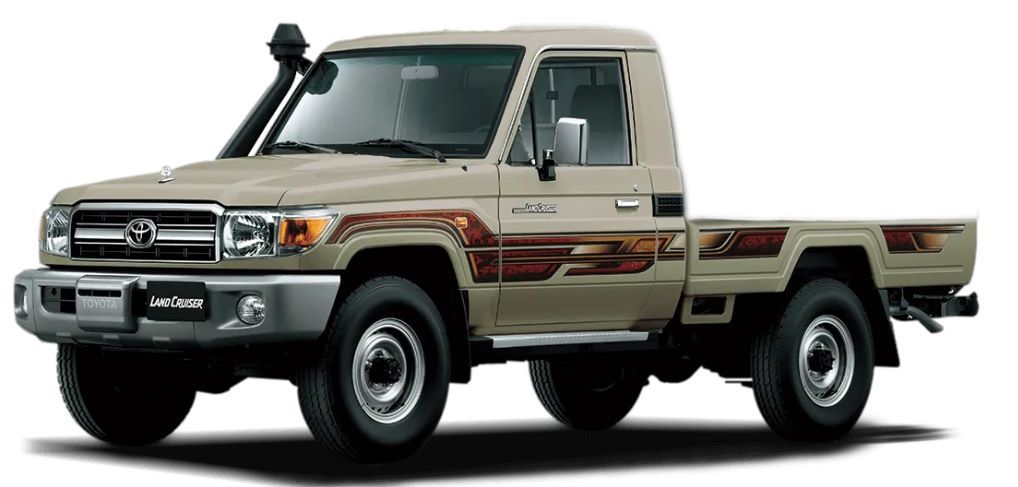
Land Cruiser 71 76 78 79 (1999~2018)
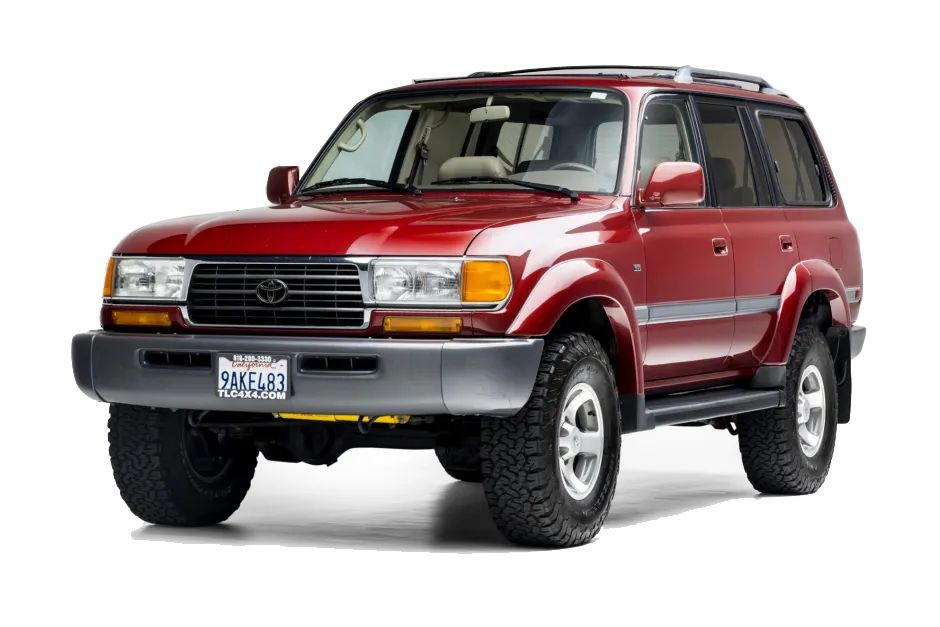
Land Cruiser 80 (1992~1997)
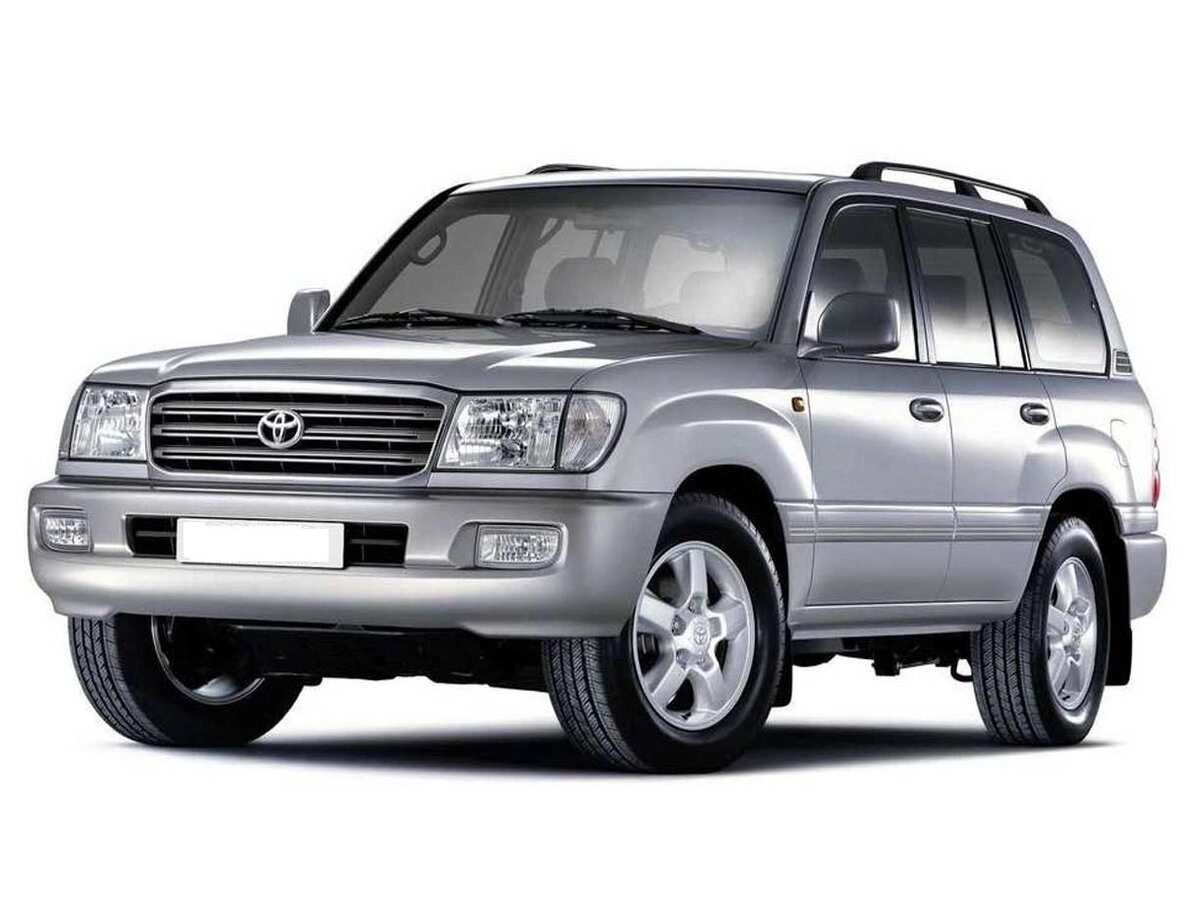
Land Cruiser 100 (1997~2007)

Land Cruiser 105 (1998~2002)

Land Cruiser 200 (2008~2021)
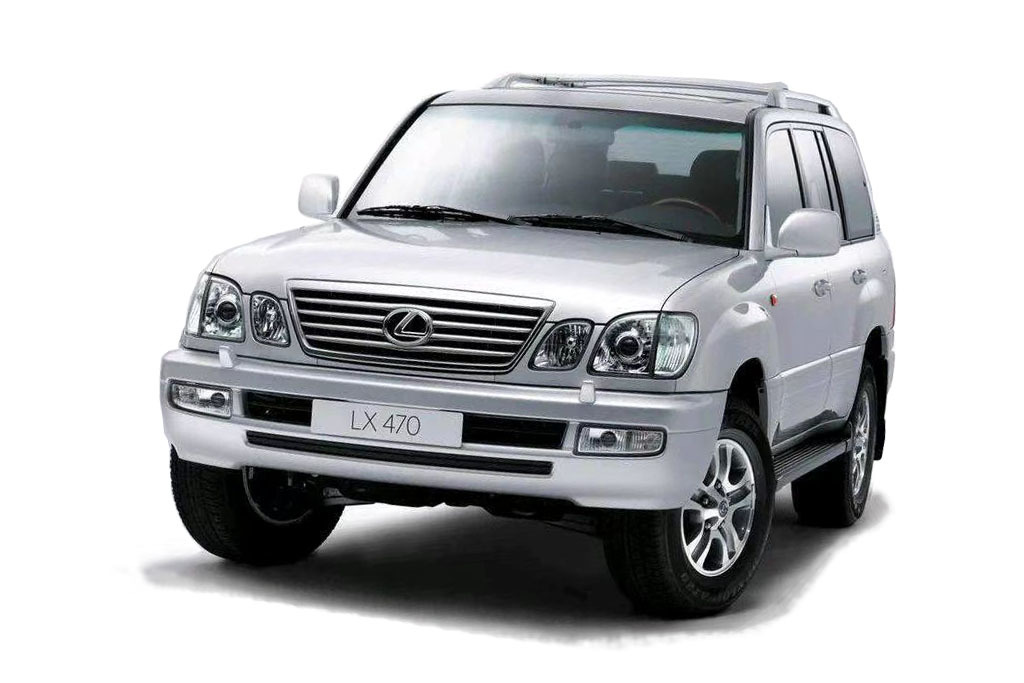
Lexus LX4700 (1998-2007)

Lexus LX4500 (1995~1998)

Lexus LX5700 (2008~2018)

Lexus GX460 (2002~2009)

Lexus GX470 (2009~2023)
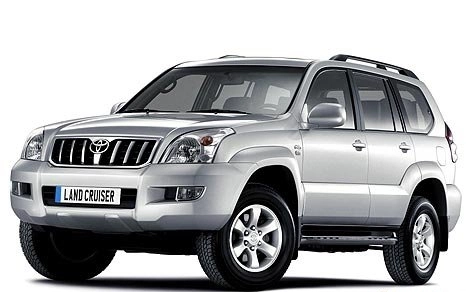
Land Cruiser Prado 120 (2002~2009)

Land Cruiser Prado 150 (2009~2023)

FJ Cruiser (2003~2017)

Hilux Vigo (2005~2015)

Hilux Revo (2015~)

Hiace 200 (2004~2016)

Hiace 300 (2016~)

Fortuner (2004-2015)

Fortuner (2015-)

4Runner(2002-2009)

4Runner 2009-2018
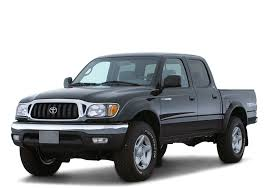
Tacoma (1995~2003)
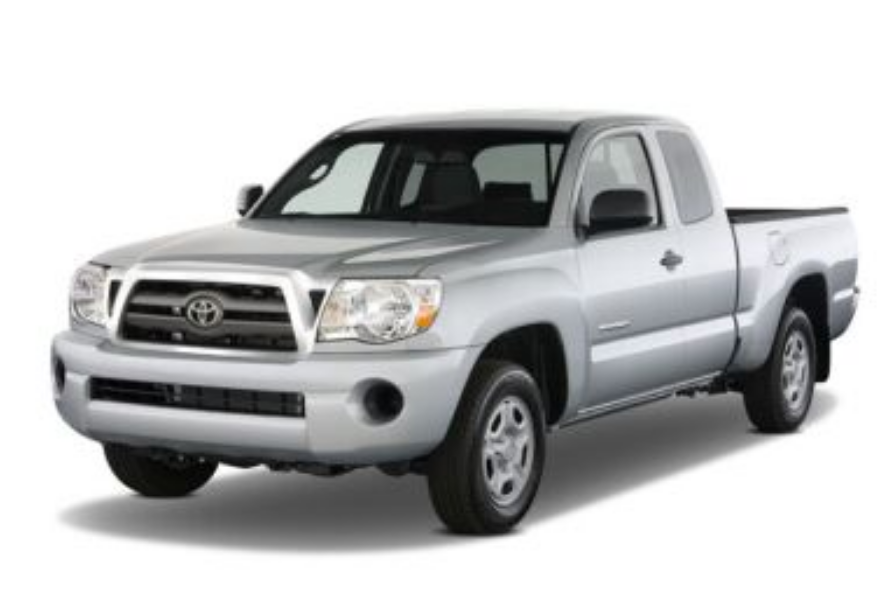
Tacoma (2004~2015)

Tacoma(2015~)

Tundra

INNOVA (2004~2022)

HARRIER-ACU35 MCU35(2000-2003)

HARRIER-MCU15(1998-2003)
-
What is Differential ass'y
Jul 23,2024
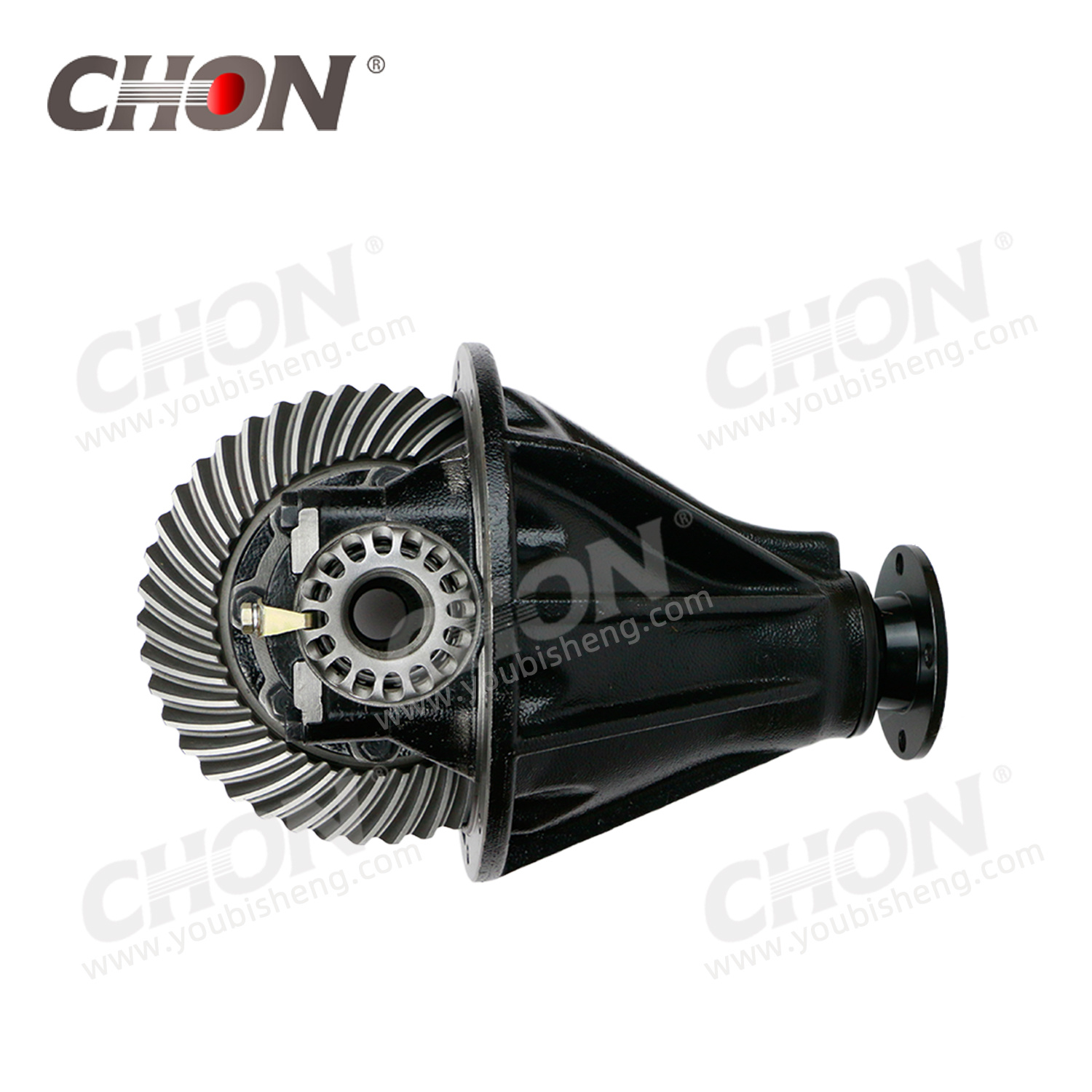
The differential assembly, often abbreviated as "differential ass'y," is a crucial component in a vehicle's drivetrain system. It plays a key role in transferring power from the engine to the wheels while allowing them to rotate at different speeds. In this article, we will delve into the functions, components, and importance of the differential assembly in a vehicle.
Function of Differential ass'y
The primary function of the differential assembly is to transfer power from the engine to the wheels while enabling them to rotate at different speeds. This is essential for vehicles with wheels that need to turn at varying rates, such as when going around corners. Without a differential, the wheels would be forced to turn at the same speed, leading to wheel scrubbing and potential damage to the tires and drivetrain components.
Components of Differential ass'y
The differential assembly consists of several key components that work together to facilitate the transfer of power from the engine to the wheels. These components include the ring gear, pinion gear, side gears, spider gears, and differential housing. The ring gear is connected to the driveshaft and drives the pinion gear, which in turn drives the side gears. The spider gears allow the side gears to rotate at different speeds, enabling the wheels to turn independently of each other. Finally, the differential housing encases and protects these components.
Importance of Differential ass'y
The differential assembly is crucial for ensuring smooth and efficient operation of a vehicle's drivetrain system. Without a properly functioning differential, the wheels would be prone to slipping or locking up, leading to loss of traction and control. Additionally, a faulty differential can cause excessive wear and tear on the tires, drivetrain, and other components, resulting in costly repairs and maintenance. Therefore, it is important to regularly inspect and maintain the differential assembly to ensure optimal performance and longevity of the vehicle.
Types of Differential ass'y
There are several types of differentials commonly used in vehicles, including open differentials, limited-slip differentials, and locking differentials. Open differentials are the most common type and allow the wheels to rotate at different speeds while distributing power evenly. Limited-slip differentials provide better traction by locking the wheels together when one loses grip. Locking differentials are designed for off-road or heavy-duty applications and lock the wheels together for maximum traction in challenging terrain.
Maintenance of Differential ass'y
Proper maintenance of the differential assembly is essential to ensure its longevity and performance. Regularly checking and changing the differential fluid is crucial to prevent overheating and premature wear of the components. Additionally, inspecting the differential housing for leaks, cracks, or damage is important to prevent contamination and ensure proper lubrication of the gears. It is also recommended to have the differential assembly inspected by a qualified mechanic at regular intervals to catch any potential issues early and prevent costly repairs.
Conclusion
In conclusion, the differential assembly is a vital component in a vehicle's drivetrain system, allowing the wheels to rotate at different speeds while transferring power from the engine. Understanding the functions, components, and importance of the differential assembly is crucial for maintaining the performance and longevity of a vehicle. By providing proper maintenance and care to the differential, drivers can ensure smooth operation and optimal performance of their vehicles for years to come.
PREVIOUS:
ENQUIRY NOW
COOKIES
Our website uses cookies and similar technologies to personalize the advertising shown to you and to help you get the best experience on our website. For more information, see our Privacy & Cookie Policy
COOKIES
Our website uses cookies and similar technologies to personalize the advertising shown to you and to help you get the best experience on our website. For more information, see our Privacy & Cookie Policy
These cookies are necessary for basic functions such as payment. Standard cookies cannot be turned off and do not store any of your information.
These cookies collect information, such as how many people are using our site or which pages are popular, to help us improve the customer experience. Turning these cookies off will mean we can't collect information to improve your experience.
These cookies enable the website to provide enhanced functionality and personalization. They may be set by us or by third-party providers whose services we have added to our pages. If you do not allow these cookies, some or all of these services may not function properly.
These cookies help us understand what you are interested in so that we can show you relevant advertising on other websites. Turning these cookies off will mean we are unable to show you any personalized advertising.

Leave Your Message









